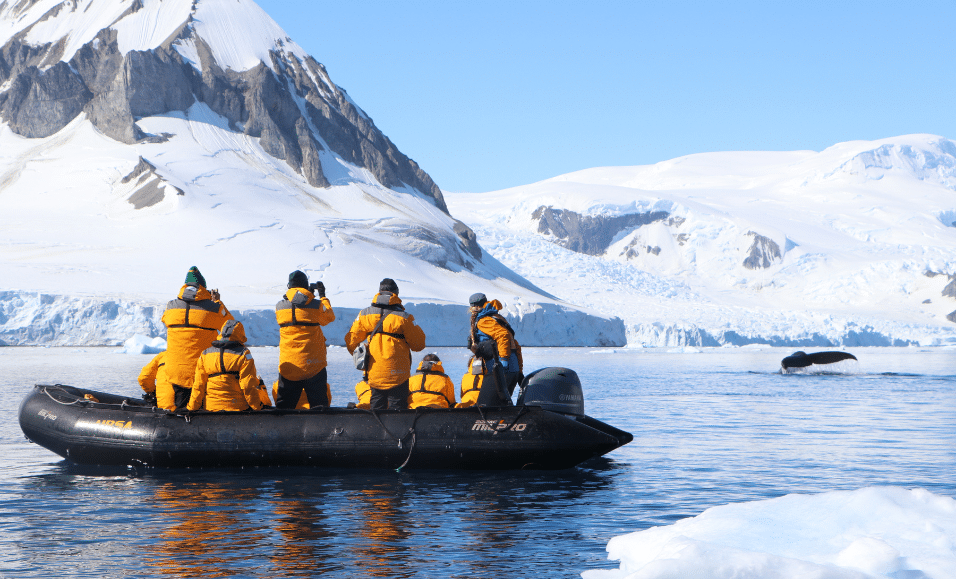Identifying conservation values
To identify these features, the research team held a series of workshops with stakeholders representing science, biodiversity, and tourism interests to understand what was important to them in the Antarctic Peninsula region.
The team used a social-ecological systems approach that recognises the highly interconnected relationship between society and ecosystems and is an essential foundational framework for equitable and effective conservation policy.
The stakeholders identified 115 features of conservation value, ranging from penguin colonies to skiing sites. The team grouped similar features together into seven categories: science, tourism, historic, biodiversity, geographic, habitat, and intrinsic.
The biodiversity category contains the most features, whilst the historic category contains the fewest. The science stakeholders identified the most features of any group. This included features only of interest to them, such as long-term monitoring sites and sites of non-native species invasions.
Meanwhile, the tourism industry identified various features viewed as lower priorities by science and biodiversity stakeholders, including snorkelling and skiing opportunities.

All three stakeholder groups value six features— the two seal and four penguin species.
The research team found that stakeholders identified 42 features aligned with those identified in the Environmental Protocol as appropriate purposes for establishing an ASPA. These features come from all seven categories, except tourism, highlighting the need for increased recognition of the features identified by the tourism industry in conservation planning.



